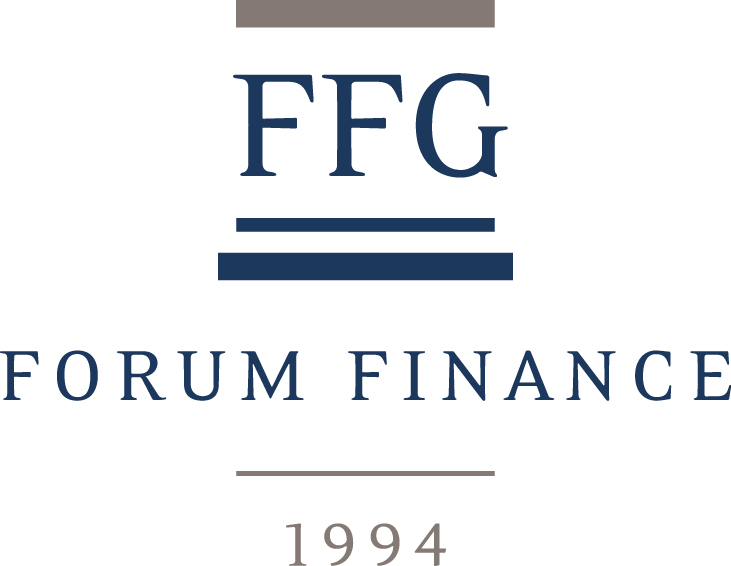Newsletter | September 2023
U.S. 10-year yield jumped to 4.34% on growing concerns of supply
– 12.7% THE PERFORMANCE OF WHEAT INDEX IN AUGUST
Investment perspective
The resilience of the U.S. economy and falling inflation led to a wider adoption of the soft landing scenario. However, the release of stronger-than-expected figures and a hawkish Fed put pressure on U.S. long rates leading to a number of setbacks in terms of return for risk assets after several favorable months. The U.S. treasuries were mostly weaker with the curve bear steepening, though yields finished the month well off their highs. In that context, bond markets delivered negative returns with the Global Aggregate hedged in U.S. dollar down 0.13% and the Global Aggregate Corporate down 0.4%. The most affected segment was the EMD complex with -1.4% for the hard currency sovereign index and -2.0% for the local currency index. One of the most prominent headwinds facing equities was the backup in interest rates. Global equities sold off 2.8% in U.S. Dollar terms. Developed markets outperformed emerging markets, with a loss of 2.3% versus 6.2%. The U.S. large cap index was down 1.6% while the equal-weight index was down 3.2%, posting their first monthly decline since February. As is often the case, last month’s risk-off environment was felt more keenly by European and emerging market equities, with declines of 2.5% and 6.2% respectively. Among emerging markets, Chinese equities were down almost 9% in U.S. Dollar. The Dollar index gained 1.7%, reversing most of prior two months’ losses. Gold fell more than 2% while oil prices continued their upward trend (WTI up 2.2%). In Europe, the gas prices jumped by 23% due to fear of LNG supply disruptions at plants in Australia. Other commodities posted negative returns. The equity volatility was unchanged at 13.6% while the interest rate volatility (MOVE index) came down sharply and is likely to get a reprieve as we approach the end of the rate hike cycle. According to the State Street Risk Appetite Index, investors’ cash allocation showed the biggest jump over a year mostly at the expense of investors’ allocation to equities.
Investment strategy
The U.S. economy proved resilient despite tighting financial conditions. Helped by encouraging signs of easing in the job market, the risk of additional Fed tightening is limited and current yield should be close to terminal rate. U.S. real yield are approaching 2%, the highest since 2009, suggesting that financing conditions are indeed more restrictive and should cool down the US economy. Credit spreads are well behaved and sit at their long-term averages. They could potentially widen if economic slowdown is more pronouned that currently anticipated. However, we do not expect them to widen massively, and even in that case falling sovereign yields would partially compensate for the negative impact of spread widening. Having more S&P 500 equal-weight exposure has been painful
year-to-date. However, the combination of cheaper valuations and some reversion to the mean does give us confidence. We remain positive on Japanese equities due to strong fundamentals, cheap valuations and loose monetary policy. While aware of the risks and challenges ahead, we recognize that the recent market downturn could provide us with an opportunity to temporarily increase our equity to slightly overweighted the asset class, to the detriment of gold.
U.S. 10-YEAR REAL YIELD ARE AT 1.89% – HIGHEST LEVEL SINCE 2009
Portfolio Activity/ News
Our asset allocation and portfolio composition remained cautiously positioned during the month, which contributed positively to our relative performance. Within fixed income, we reduced our emerging market debt sovereign and hence duration exposure. We reinvested part of the proceeds in emerging market debt corporate strategy, which offered an attractive risk-reward profile. The recent sell-off in developed market bonds has given us and our managers the opportunity to gradually increase our interest rate sensitivity as measured by duration. We pared back our credit long/short exposure but remained invested in this type of strategy to reflect our cautious stance. In Europe, we initiated a position in a dedicated flexible credit opportunity strategy that provides an exposure to credit with an active duration management expertise. Our U.S. equity portfolio has remained unchanged during the period. It’s important to highlight that our exposure comprises of a significant long/short exposure particularly suitable in the current environment. We pared back our frontier markets position for our European reference currencies and reinvested the proceeds in European or Swiss equities.
Download the Newsletter
